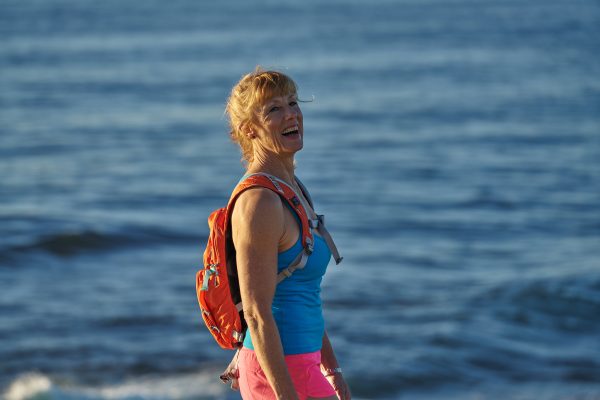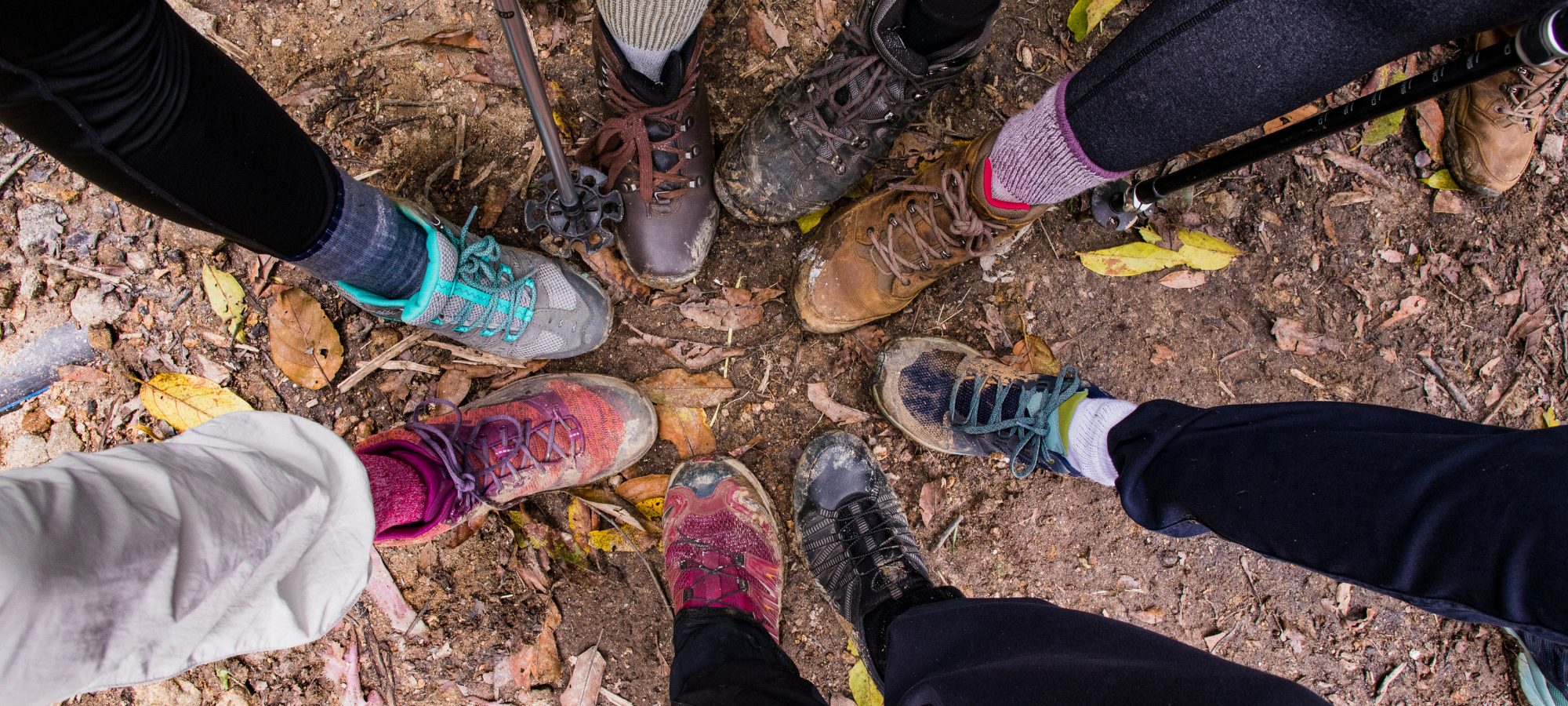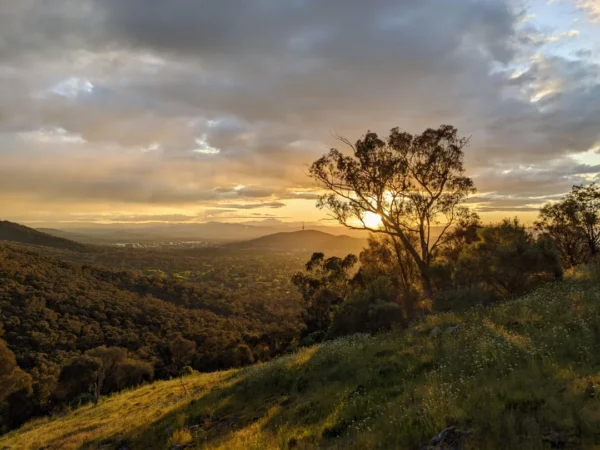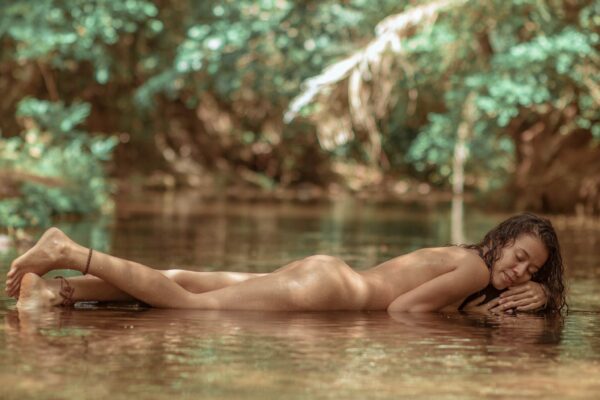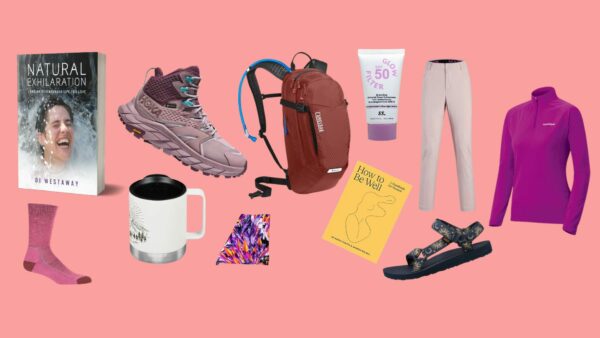This is probably one of the post important posts you’ll read on this blog. I know, it’s not funny or personal, but it’s practical. So practical. Reading it will save you a lot of pain, suffering and trauma.
Because blisters are one of the most common and most terrible things that can happen to you on the trail. No, they’re not life threatening, but they can be extremely painful and prevent you from walking. In fact, they can ruin your entire adventure.
The good news is, you can avoid them. I repeat, you absolutely DO NOT have to put up with blisters.
Here’s how to prevent them.
How to prevent blisters:
Reduce or eliminate friction
- Smother your feet in petroleum jelly (I use Vaseline) or pawpaw ointment every four hours to reduce the friction from socks rubbing against skin when you sweat. I know, it sounds disgusting and the first time you do it, you will go “eww”! But it works. And when we say smother, we mean it. Don’t lightly coat it on. Use great globs of the stuff and wipe the surplus inside your socks before you put them on. This is the single most effective method of preventing blisters
- Use sock liners which can cause the friction to occur between the socks, not between your skin and the socks.
- Use New Zealand foot fleece. This great product is from oily Kiwi sheep and it works a treat. Place a walnut-sized ball of foot fleece on the potential blister site and carefully place your sock over it, taking care to ensure it remains in the right spot. Over time, the lanoline in the wool will cause the fleece to become a frictionless part of your sock.
- Use toe socks which separate your toes, preventing rubbing in between. Many endurance runners and hikers swear by these, but some people hate them, so make sure you try them in training first.
Practice makes perfect
- Wear in your boots thoroughly in Trek Training.
- Know your feet. Trek Training in your boots will help you identify where hot spots are likely to occur. Cover these areas with blister plasters or tape before you start your hike.
- Ensure your socks fit perfectly. If they are too big they will develop folds which cause blisters. If they are too small, they can put pressure on your toenails and cause you to lose them!
Keep your feet clean and dry
- Wear high-quality, clean socks every day, or change your socks every four hours during an endurance event.
- Keep feet dry at all costs. If they get wet, change your shoes until your boots dry.
Don’t wait until it’s too late
- If you feel a hot spot, stop and tape it, rub more Vaseline on it or cover it with foot fleece.
- If you feel sand or dirt, prickles or a fold in your sock, stop and remove it straight away.
- Bring a spare pair of runners or crocs on your hike in case you get a blister and need an alternate pair of shoes to take the pressure off.
Practice foot care before your hike
- Resist the temptation of having a pedicure just before your hike. Pedicures remove several layers of skin and leave sensitive layers exposed. One of our members, Jan, had a pedicure just before a 60km Trailwalker training session.
- She developed such huge blisters that her entire foot was one red, raw mass and we never saw her again!
- If you have dead, hard skin building up on your toes and heels, gently remove it in the shower gradually, several weeks before your hike. We recommend the Heros Chiropody sponge for this.
- Keep your toenails short, and I mean short! Clip them so that no nail sticks out over the end of your toes, or you’ll end up losing toenails. However, make sure you don’t cut the skin connecting the nail to the toes, as this will make them sore before you even start.
Get your orthotics sorted
- If you wear orthotics, please check them with your podiatrist regularly, and especially before a big hike. Your feet change over time, especially during pregnancy and weight gain. Also, some feet problems are self-correcting and some can be fixed with a visit to an osteopath, or the right shoes. Make sure you also take your orthotics with you when you’re shopping for boots. We have a horror story from one of our members, Jill, who did two 100 km endurance treks, both times ending up with excruciating, massive blisters in a long line around her heels. After the second torture session, she consulted a podiatrist who told her the blisters were caused by her old orthotics which she no longer needed!
While it’s important to try your best to prevent blisters before they start, sometimes shit happens and before we know it we’ve got one. Here’s how to treat them if they pop up.
How to treat blisters:
At the first sign of chafing, or hot spot, do the following:
- Stop and cover the area with a blister dressing, Moleskin or Fixomul or an adhesive plaster.
- If the blister has a small visible bubble, cut a hole in a sliver of closed-cell sleeping mat and tape it to the area with the blister in the centre to take pressure off the area. (Imagine you’re creating a little foam doughnut and putting the blister in the hole.) You can also buy doughnut pads from the chemist or podiatrist.
- Change footwear.
- Re-smother the area with Vaseline or apply foot fleece.
If the blister has developed into a large, fluid-filled bubble, and you need to continue walking:
- With a sterile needle, poke the edge of the blister (you may need to make two small holes), empty the fluid, clean with an antiseptic wipe or tea tree oil and protect as above.
- DO NOT REMOVE THE PROTECTIVE COATING OF SKIN UNDER ANY CIRCUMSTANCES! This is both protective and clean.
If the blister becomes infected, treat as serious and administer First Aid.
Got some other blister prevention tips? Come and tell us in our Wild Women Community.
Loved these tips? You’ll also love our blog What I wish I knew before I started hiking.


